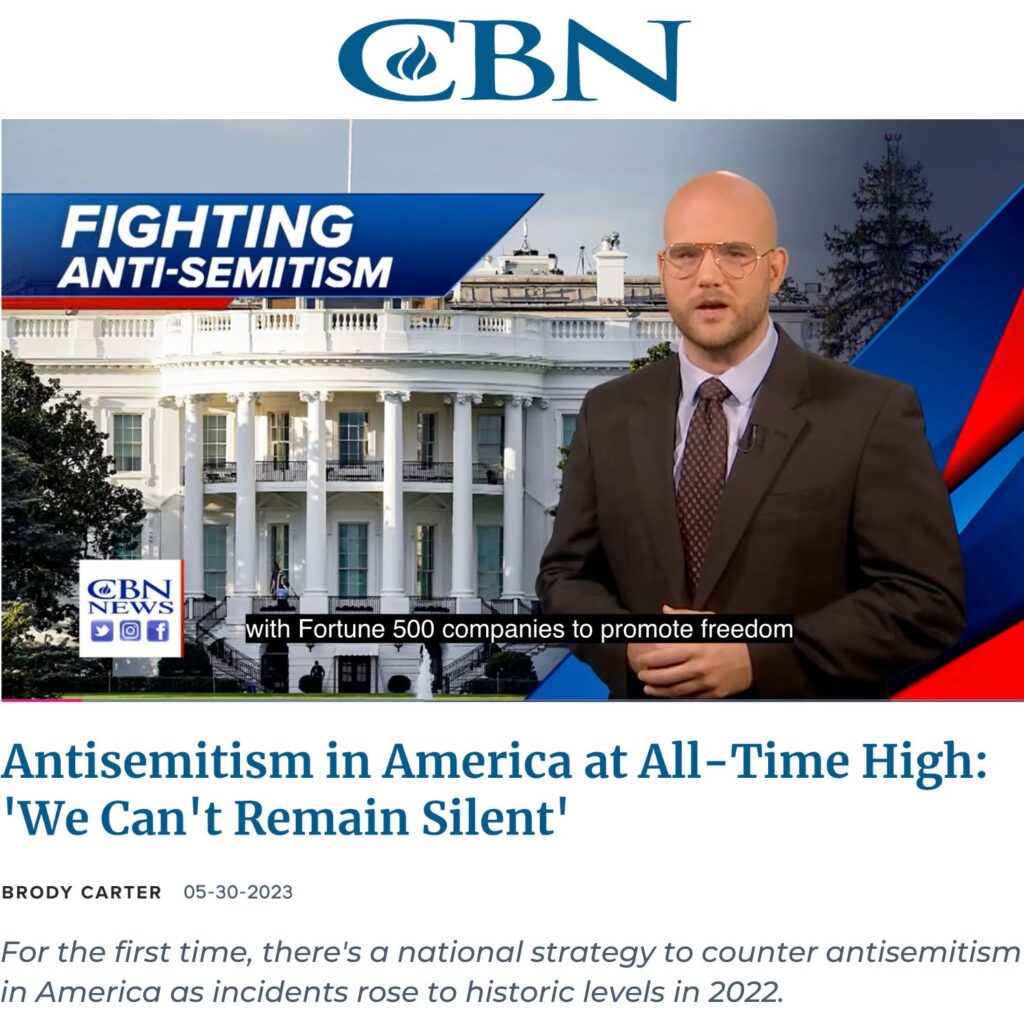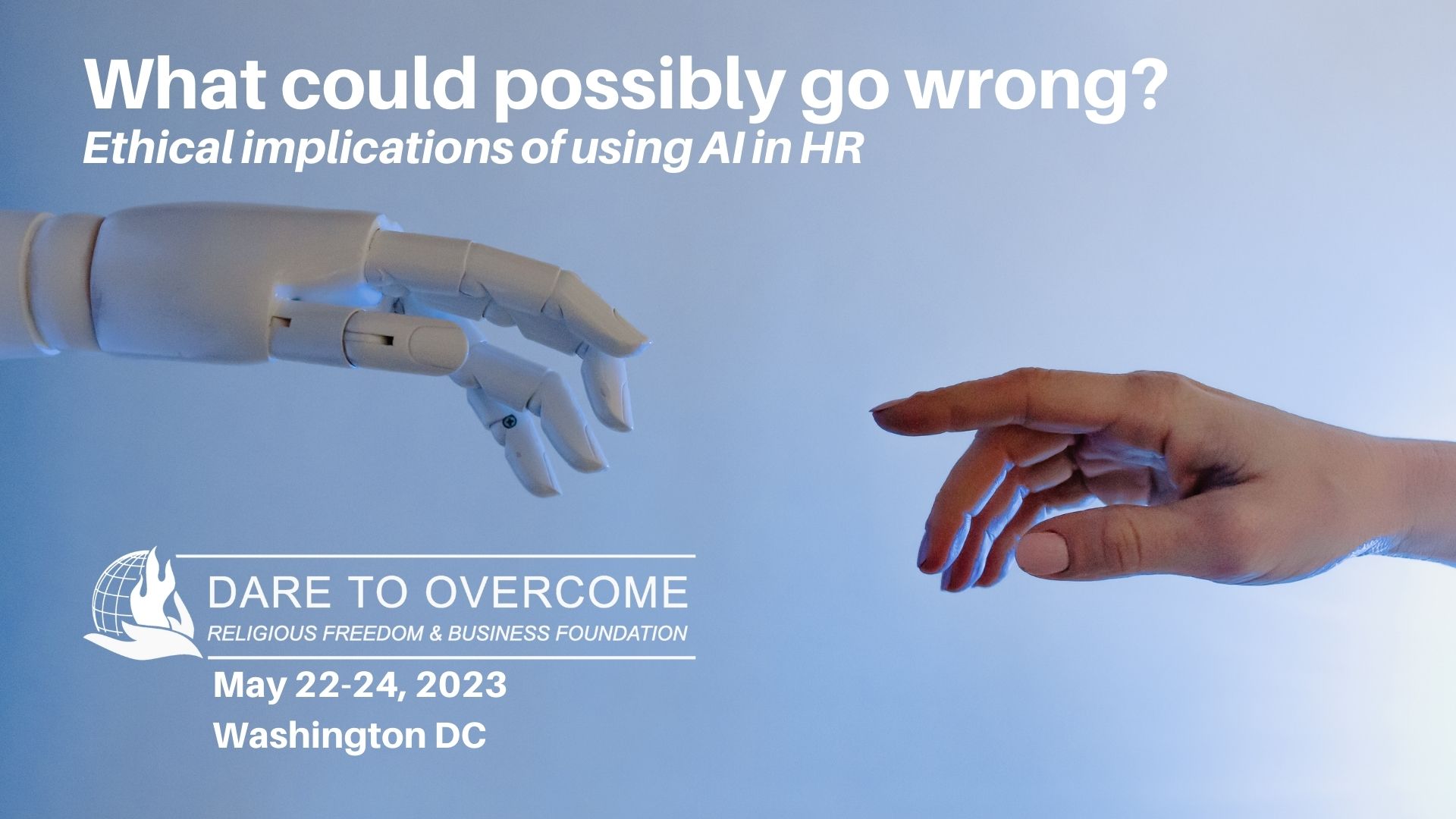Why and how we must support the White House strategy to counter antisemitism
By Brian Grim
Some years ago I was at the Vatican with Father David Maria Jaeger OMF, a member of the Roman Rota, the highest ecclesiastical court constituted by the Holy See related to judicial trials conducted in the Catholic Church, akin to being the Vatican’s Supreme Court.
Fr. Jaeger led Jewish-Christian dialogue and is well known for his role as a member of and juridical expert for the Delegation of the Holy See to the Bilateral Permanent Working Commission between the Holy See and the State of Israel. He contributed greatly to the progress of diplomatic relations between the Vatican and Israel and the negotiations that led to the signing of agreements between the two States in 1993.
I was impacted by his booming voice as he adamantly proclaimed that Catholics cannot have freedom of religion and belief unless everyone, everywhere has this freedom. And of course, the Jewish community was close to his heart.
If anyone doubts that we are in this together, I’d also point an award-winning research article in which Richard Wike and I empirically demonstrated how antisemitism and Islamophobia may rise and fall together. We found that negative attitudes toward Jews were associated with negative attitudes toward Muslims.
And in The Price of Freedom Denied, Roger Finke and I explained how a religious minority anywhere can be the proverbial “canary in the coal mine.” Miners used to take canaries with them into the mines as an early warning system – the canaries would pass out form oxygen depravation sooner than humans, warning the miners that they will be next. As we said in the book:
When reviewing human rights throughout European history, Michael Horowitz described Jews as the canaries in the coal mine. Nations persecuting Jews held less democratic commitment and were more likely to deny other freedoms as well. Horowitz also argued that vulnerable Christian communities are now also coal mine canaries around the world.
And to boom out what Fr. Jaeger would say – everyone is a canary somewhere – we must defend the religious freedoms of every group, from Ahmadi Muslims and atheists to Sikhs and Scientologists and all the way to Zoroastrians! And at this moment in time, the significant rising tide of bias and discrimination toward the U.S. Jewish community documented empirically by the FBI and ADL makes them today’s canaries.
Spurred on by these facts and motivated by love of neighbor, the Religious Freedom & Business Foundation — as recognized in the U.S. National Strategy to Counter Antisemitism released by the White House on May 25 — PLEDGES the following:
The Religious Freedom & Business Foundation, in collaboration with the Anti-Defamation League (ADL) and American Jewish Committee (AJC), will ensure that every faith-based Employee Resource Group (ERG) of Fortune 500 companies receives ADL and AJC materials on countering antisemitism and related forms of discrimination and bias, and materials on workplace religious accommodations, as well as on Jewish culture and contributions to American and world history.
Finally, let me share a few resources that are immediately available.
RESOURCES
Anticipating the launch of the National Strategy, we gathered together Fortune 500 companies with faith-based ERGs to recognize their commitment to with the Dare to Overcome Award in a ceremony on May 23, 2023, at the landmark Museum of the Bible in Washington DC for their ERGs’ work in countering antisemitism, Islamophobia, and related forms of discrimination and bias against religious communities in the U.S. including anti-Christian, anti-Sikh, anti-Hindu, and other anti-religious as well as anti-atheism sentiment.
Companies that want to set up or learn about faith-based ERGs, please contact me directly. I’m also happy to connect you to other companies with well-developed and successful programs as well.
Also see AJC materials on countering antisemitism and related forms of discrimination and bias, workplace religious accommodations, and Jewish culture and contributions to American and world history.
Companies can join ADL’s Corporate Partners Against Hate here. To learn more about workplace education offerings, visit ADL at Work.
IN THE NEWS

















